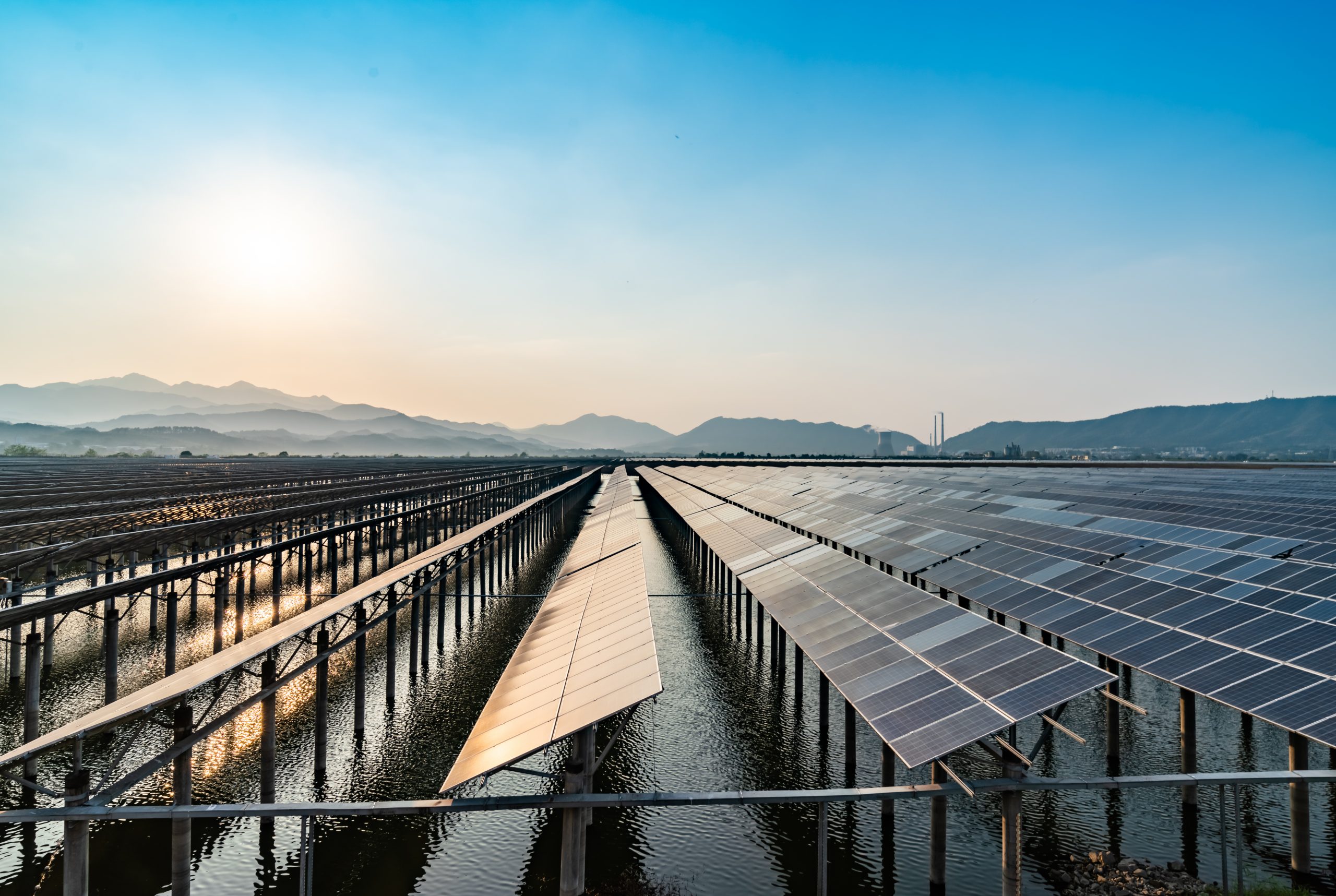Our vision
To reach climate neutrality by 2050, we must transform our economies to operate emission-free fast. While 100 % renewable energy is key for this transformation, some industries and transport sectors cannot yet directly electrify to become climate neutral. Until they can, Power-to-X is the missing link.
Power-to-X enables us to produce anything historically dependent on fossil fuels with renewable electricity and carbon. These sustainable, climate neutral e-fuels and chemicals can defossilise high-emissions industries, including the chemical, fertiliser, steel and cement industries, as well as aviation and maritime transport.
Power-to-X also offers countries a tremendous potential for climate protection and sustainable economic development. Due to their favorable conditions for renewable energy production, they can leverage new business opportunities with Power-to-X and become frontrunners in emerging Power-to-X markets.
Not only can countries accelerate their economic development with Power-to-X and become less dependent on fossil fuel imports, but they decrease their CO2 emissions at the same time – taking an important step towards reaching their climate goals.
We at the International PtX Hub work with our partners in the public and private sector to leverage these potentials: to start the transformation towards climate-neutral industries and economies now, everywhere, in parallel, and fast.
The International PtX Hub is implemented by the Deutsche Gesellschaft für Internationale Zusammenarbeit (GIZ) GmbH on behalf of the German Federal Ministry for the Environment, Climate Action, Nature Conservation and Nuclear Safety (BMUKN). Financed by the International Climate Initiative (Internationale Klimaschutzinitiative, IKI), the International PtX Hub is a contribution to the German National Hydrogen Strategy of 2020 and represents one of the four pillars of the BMUV’s PtX action programme initiated in 2019.
Our philosophy

Power-to-X is only one building block in the global energy transition towards a defossilised economy.
Global efforts must focus on avoiding fossil fuels and feedstocks altogether. To do so, we need to evaluate how much energy we really need (energy sufficiency), avoid losses whereever possible (energy efficiency), generate it only sustainable sources (renewable energy), and use it in the most efficient way we can.
For the latter, using electricity directly whenever possible, is crucial. Only where we cannot directly electrify, Power-to-X comes into play. With Power-to-X, renewable electricity and sustainably provided carbon or nitrogen can become the main sources for the world’s energy and molecular feedstock and replace the fossiles of today. This is key to build a climate-neutral, prosperous global economy which can still offer all our modern-day amenities.
This means that Power-to-X must be developed jointly with the other above mentioned measures and only if there is no better way.

Power-to-X is not a one-size-fits-all approach.
Producing sustainable e-fuels and chemicals from renewable electricity and carbon is energy-intensive. Therefore, Power-to-X should only be used in sectors and industries in which direct electrification is not yet possible. This currently applies to aviation and maritime transport as well as the cement, steel, and chemical industry. For these high-emissions industries, Power-to-X bridges the gap to climate neutrality.

Sustainability is key.
Power-to-X is not inherently sustainable. Producing hydrogen with Germany’s power mix from 2018 would lead to CO2 emissions four times higher than those produced with fossil fuels. For Power-to-X production to be truly climate-neutral as well as socially and environmentally beneficial, ambitious sustainability rules must be phased in during market ramp up along the entire value chain. Certification and standards should guide the trade of sustainable Power-to-X products and put reliable long-term conditions for investments in place.
Learn more about our >> EESG Framework for Sustainable PtX.

Power-to-X offers tremendous potentials for the growth of emerging economies – if done right.
Power-to-X products will need to be produced and traded on a global scale to reach the climate goals set by the Paris agreement. Many regions are equipped to become Power-to-X producers: Countries with significant renewable energy potentials can decrease their fossil fuel dependence and supply their own demand for fuels and chemicals, with the additional potential to export Power-to-X products and high-quality materials such as green steel.
However, distinct pathways exist for each country: In those with existing heavy industries, Power-to-X can incite a local transformation towards low-carbon economies. In countries without industries and transport sectors heavily reliant on fossil fuels, Power-to-X can offer the opportunity to build up new value chains and industries and even leapfrog fossil-based production pathways altogether.
In any country, Power-to-X should be set to stimulate the generation of renewable electricity, possibly even be a vector to provide clean water as a byproduct.
To accelerate these transitions towards climate-neutral economies, we work with our partners to find bottom-up solutions for specific local needs and demands.
*Source: Öko-Institut (2019). Not to be taken for granted: climate protection and sustainability through PtX. Retrieved from https://www.oeko.de/fileadmin/oekodoc/Impulse_paper_criteria_for_e-fuel_production.pdf
Success story
ProQR, Brazil





Given Brazil’s commitment to carbon reduction goals, fueling aviation sustainably is crucial. Biokerosene can only partially meet supply challenges and electric options such as drones have limited application, Making this sector carbon-neutral requires disruptive technology.
The consumption of fuel is rising; in addition to the 5% annual growth rate observed in transportation overall, Brazil’s aviation fuel demand is exacerbated by the size of the country and increasing connections with remote, isolated locations. These logistical challenges increase prices and contribute to climate change.
We need to introduce a new paradigm — a disruptive concept of decentralized production. For fueling Brazil, small might just be better.
